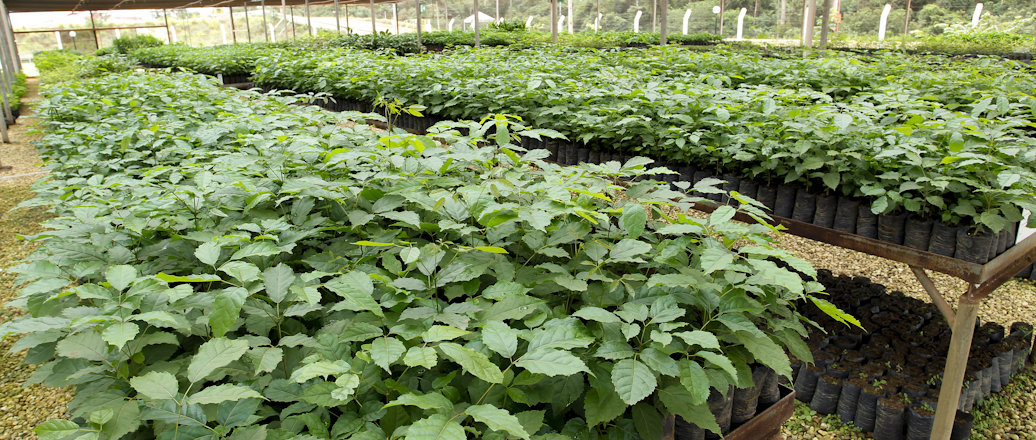Hydro aims to create a more viable society by developing natural resources into products and solutions in an innovative and efficient way. In Brazil, most of its assets, operations and employees are located in the state of Pará, specifically in the Amazon Region. The company does not underestimate the challenge of producing aluminum in this area and is fully aware of the importance and responsibility of managing and reducing impacts. Therefore, strict control, monitoring and prevention standards were established.
“Our performance is based on a solid sustainability strategy. Based on our belief that sustainability can generate profitability, we are investing in advanced technologies and taking advantage of sustainable initiatives to make our operations a benchmark in safety, innovation, environmental protection and social responsibility”, says Domingos Campos, Sustainability Director at Hydro.
Recently, Hydro announced an investment of R$1.1 billion to replace fuel oil at its Alunorte refinery. This is a key project for Hydro's climate strategy and the company's global commitment to reduce greenhouse gas emissions by 30% by 2030. By replacing heavy fuel oil with natural gas, annual emissions will increase. Refinery CO2 will be reduced by 600,000 tons. The project is also in line with the company's commitment to the Government of Pará to support the use of this energy in the region, including access to other regional consumers.
Since December 2020, after 1 year and a half of tests, Hydro has been using the “ Tailings Dry Backfill ” methodology in Paragominas, where the company's mine is located. The methodology allows the inert tailings from bauxite mining to be returned to areas that have already been opened and mined. The tailings from bauxite mining are chemically and physically similar to what was removed during the mining process. Therefore, it is returned to nature without any impact on the environment. After drying in a temporary deposit for 60 days, the bauxite tailings are returned to the mined areas, before the area is rehabilitated and reforested.
Reforestation
The use of the best environmental practices is part of Mineração Paragominas' commitments, which invests in the rehabilitation of mining areas to return to society an environment similar to the one that existed before the beginning of its activities. In the reforestation of the mined area, the original relief is reproduced, the soil rich in organic matter is added and the land is prepared to receive the seedlings that will restore the vegetation cover. Since 2009, when the reforestation program began, Mineração Paragominas has already counted an area of 2,300 hectares in the recovery process. On average, 200,000 seedlings of native species are produced per year in the company's nursery.
The company's goal is to recover at a ratio of 1:1, that is, for every 1 hectare made available in the year (area plowed, less the area used for infrastructure) 1 hectare will be recovered within two years after availability. These numbers take into account the nature of mining cycles, the ongoing quest for successful reforestation, ecosystem conservation, advances in rehabilitation techniques, and the mine's operational safety. The work of recovering the company's mined areas is under constant improvement and is supported by research projects aimed at the continuous improvement of applied techniques, which are carried out by the Brazil-Norway Biodiversity Research Consortium (BRC) . The consortium brings together researchers from the Federal University of Pará (UFPA), the Rural University of the Amazon (UFRA), the Museu Paraense Emilio Goeldi, the University of Oslo (UiO), professionals from Hydro in Brazil and Norway.
Hydro is also working in partnerships with renowned universities such as the Federal University of Pará (UFPA) and the University of São Paulo (USP). These are agreements for research into the use of bauxite waste and tailings for the production of other sustainable components, such as cement and synthetic aggregate. Investing in research with this bias is part of Hydro's sustainability strategy.
The use of best environmental practices is part of Hydro's commitments. The company offers unique knowledge and skills to its partners and customers, while at the same time seeking to generate value for the communities where it is present, acting as a good neighbor.
: June 4, 2021







